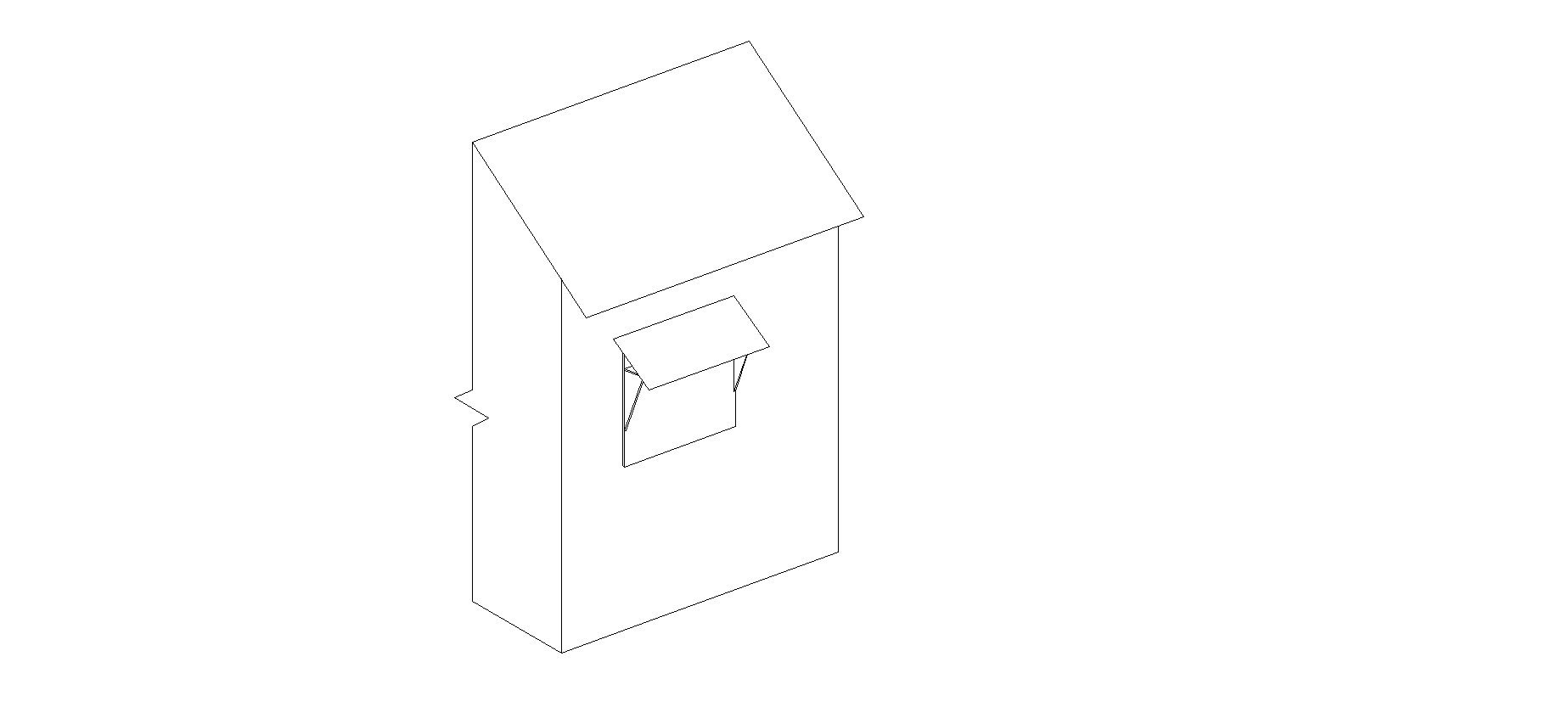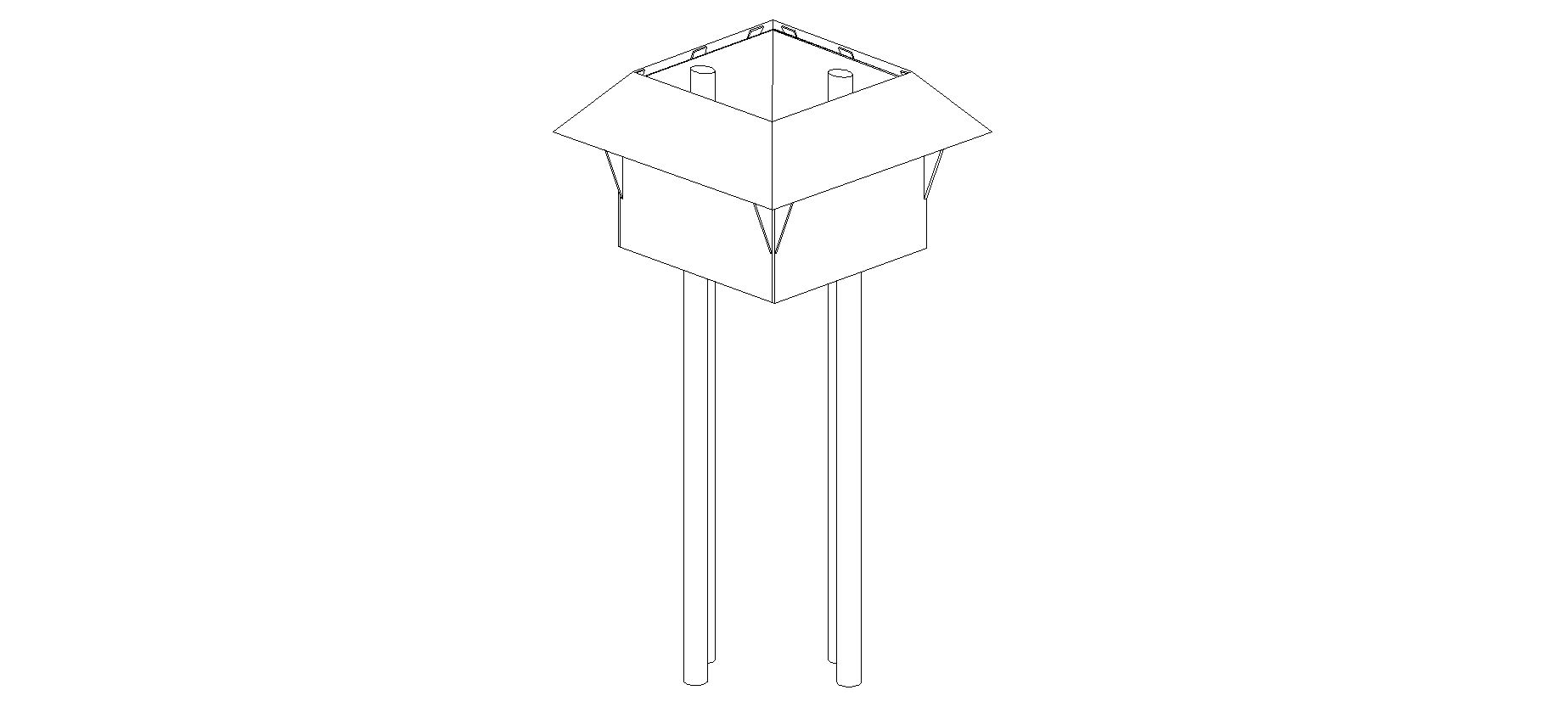ALTERNATIVE NESTING
THE QUINTESSENCE OF HARMONY
The idea of this programme of sale, as its subtitle contains, along with the protection of the walls of one’s property is to ask you and give a recommendation to secure a stable place for oviparous reproduction, to which these birds will be able to get used to, thus becoming their placid home, to which they can return every year, instead of incessantly seeking new place, as they belong to our environment. Although reuse of nest itself is not common and if so only in different season, therefore we rather consider the place friendly to building the mud nests.
So, the aim is to try to establish undisturbed place for nesting rather than uncontrolled destruction of nests of mud, for which they’re choosing a place to build twice a year, before they set off south for long journey from Europe through Mediterranean Sea to middle or south of Africa.
This sensitive issue requires first willingness to do so and then a real solution and apply it, also in order to prevent damage for environment and society, if such nests are prevented to be built within protected property, hopefully not destroyed, when eventually already set up.
What usually happens, when someone has just built a family house, he or she later finds on a brand new coloured wall plaster mud spatters or mud nests, that are commonly not welcomed by the owner who is usually trying to deter them, or in the worst cases, when the house owner notices this activity late i.e. when this useful birds have already built their mud nests, destroys it, in better case before the eggs are laid. Well, in such case, they won’t be nesting there, but marks of such activity will be clearly visible anyway, not mentioning illegal activity of destroying already laid eggs. While protection of the property in advance is not illegal (at least in European Union and North America), especially with effort to even help with alternative nesting, should be welcomed.
Certainly, you may be one of the people, who patiently wait till little birds hatch, and then remove the empty nests in autumn and somehow tolerate mud on the walls and excrements on windowsills. But now, we can reach both aims: clean walls and placid home for swallows simultaneously, if there is such will at the buyer’s side.
Sometimes activities of the owners can be seen as temporary deterring attempts without aesthetic accord with the building that someone practices using strips of aluminium foils, who later can find out, that actually aluminium material itself spoils the walls with black marks, moreover these individual activities are not environmentally considered.
Just think that it is possible to achieve a complacent owner of the property and undisturbed useful birds around at the same time, therefore we call it the quintessence of harmony. As, this is actually a solution for victory on both sides: providing protection of walls at low cost and desirable home for the useful birds at low cost, too.
In such way reaching fulfilment of pure material aspect favourable to walls with concurrent securing invaluable maintenance of life of friendly birds to man wishing to live along.
_____________________________________
Evaluating surroundings within the vicinity of the protected property
Nonetheless, there is no exact knowledge about decision-making of nest building birds and their corresponding behaviour, while they seem to even modify their choices of “the construction site” due to new experience they encounter, but there are some findings of the birds’ behaviour on basis of which we can make relatively correct decisions concerning the alternative place for nesting.
First, we have to take into account the purpose of basically any bird nest which is to secure contact incubation between the parent or parents and laid eggs. Birds also have their own social life, so when a male of the barn swallow builds a mud nest, it simultaneously serves as a certain sexual signal to a female partner about his reliability being a good partner and father, subsequently within this monogamous breeding partnership female also helps building the nest, so we can see an example of real equality between both sexes as man tries to reach elaborately throughout history of humankind.
As to construction properties of the mud nests belonging to the birds of swallow family, it is clear that they consist of approx. 95% mud and the rest are usually dried stems of plants and the like, and in final stage after the mud of the nest dries, usually dried grass, moss or such parts of plants are added as a soft material into which eggs are eventually laid.
Every nest must have its entrance, so it is always partly open. Especially mud nests are characterized by low humidity and moderate temperature – which is one of important aspect of decision-making about the location of the future nest. Another fundamental issue is the presence of predators.
Thus, the key answer in decision-making of birds belonging to swallow family concerning the location of their nests consists of two major issues which are:
a) predators and
b) temperature.
Placing nests on vertical structures just under the soffit of the roof is usually sufficient height for predators not to intrude. Simultaneous positive aspect of such location is a protection of the nest from direct sunlight in most cases during the hottest days in the season.
These birds also know to accommodate their nests to prevailing winds in the area as this is directly connected to the requirement of moderate temperature of the nest, but this can be seen in the structures or buildings in rural areas situated in greater distances from one another, while urban dense location of buildings and other human-made structures cause different behaviour of the birds, apart from the fact, whether they have enough construction material around in parks, ponds, river banks etc.
Moreover, to reach a correct moderate temperature in the swallow nest, the same birds choose seemingly different locations in colder regions and hotter regions, while in prevailing cold weather, they look for more sunlight for mud nest to be warmed, within prevalent hot weather, they prefer more shadowy place for constructing their nesting home.
For alternative location of nesting, simply put, you should at least copy the observed position of really built mud nests, though it is not always reliable, because in several metres out of the observed location, there might be different winds due to different terrain or natural (for example trees) or human-made obstructions (such as other buildings or high fence).
If you have several buildings in your property, try to use the one designed for auxiliary purposes, and if it is still not attractive for the birds, it is recommended to attract them as in the example in the picture, thus protected against possible winds in the area, none the less it is always required to be as high as possible.
Single use of the board (in the picture below) was proved ineffective, but combined version which is designed for several properties, can be more attractive to them as it resembles larger structure, which they prefer as in the picture below.










